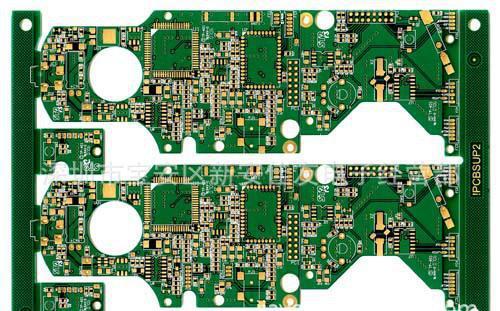-
CN
-
Service Hotline
+8618129931046 Mr. Liao


Time:2025-09-26 Views:1

The PCB Heat Sink is a critical thermal management component engineered to dissipate excess heat generated by electronic components on printed circuit boards (PCBs), preventing overheating that can degrade performance, shorten component lifespan, or cause catastrophic failure. Unlike generic heat sinks used in larger electronic systems, PCB heat sinks are specifically designed to integrate with the compact, high - density layout of PCBs, offering tailored solutions for components such as microprocessors, power amplifiers, voltage regulators, and LEDs—all of which generate significant heat during operation.
At the core of the PCB Heat Sink’s design is its ability to maximize heat transfer efficiency. This is achieved through a combination of material selection and structural optimization. The most common materials used for PCB heat sinks are aluminum and copper, chosen for their excellent thermal conductivity (aluminum: 205 W/m·K; copper: 401 W/m·K). Aluminum is preferred for most applications due to its lighter weight and lower cost, while copper is used in high - performance scenarios where maximum heat dissipation is critical, such as in industrial power supplies or high - end gaming PCBs. The heat sink’s structure typically features a base that attaches directly to the heat - generating component and a series of fins that increase the surface area exposed to air. This finned design enhances convective heat transfer, allowing heat to escape more rapidly into the surrounding environment.
One of the key advantages of PCB Heat Sinks is their versatility in mounting options, which ensures compatibility with different PCB designs and component configurations. The most common mounting methods include surface - mount technology (SMT), through - hole mounting, and adhesive mounting. SMT heat sinks are ideal for high - volume manufacturing, as they can be soldered to the PCB alongside other components using standard reflow processes. Through - hole heat sinks provide a more secure mechanical connection, making them suitable for heavy - duty applications or components subjected to vibrations. Adhesive mounting, using thermally conductive adhesives, offers a quick and non - invasive solution for retrofitting heat sinks to existing PCBs or for components where soldering is not feasible.
Another critical feature of PCB Heat Sinks is their ability to be customized to meet specific thermal requirements. Designers can adjust parameters such as fin height, fin density, base thickness, and overall size to match the heat output of the target component and the available space on the PCB. For example, in compact IoT devices with limited space, low - profile heat sinks (as thin as 1mm) with short, dense fins are used to dissipate moderate heat levels. In contrast, high - power industrial PCBs may require large, extruded heat sinks with tall, widely spaced fins to handle heat loads exceeding 100W. Some advanced PCB heat sinks also incorporate heat pipes or vapor chambers—hollow tubes filled with a phase - change fluid—that significantly enhance thermal conductivity by leveraging the latent heat of vaporization, allowing heat to be transferred over longer distances more efficiently.
Durability and reliability are also important considerations for PCB Heat Sinks. They are often coated with materials such as anodized aluminum (for corrosion resistance) or nickel - plating (for improved solderability and thermal conductivity). These coatings protect the heat sink from environmental factors such as moisture, dust, and chemicals, ensuring long - term performance in harsh operating conditions—such as industrial control systems, automotive electronics, or outdoor IoT devices. Additionally, the mechanical design of the heat sink is engineered to withstand the thermal cycling that occurs during PCB operation (as components heat up and cool down), preventing cracking or detachment from the PCB.
In practical applications, PCB Heat Sinks play a vital role in ensuring the reliability and performance of a wide range of electronic devices. In consumer electronics, they are used in smartphones and laptops to cool processors and graphics chips, preventing thermal throttling that slows down device performance. In automotive electronics, they dissipate heat from engine control units (ECUs), infotainment systems, and electric vehicle (EV) power electronics, ensuring these components operate safely in high - temperature environments. In industrial settings, they cool power converters, motor drives, and sensor modules, supporting continuous operation in factories and manufacturing plants. In LED lighting PCBs, they prevent LED degradation caused by overheating, extending the lifespan of LED fixtures from 50,000 to over 100,000 hours.
the PCB Heat Sink is an indispensable component in modern PCB design, enabling the development of smaller, more powerful, and more reliable electronic devices. As electronic components continue to shrink in size while increasing in power density—driven by trends such as 5G, AI, and EV technology—the demand for advanced PCB heat sinks with higher thermal efficiency and more compact designs will only grow, driving innovations in materials, structures, and manufacturing processes.